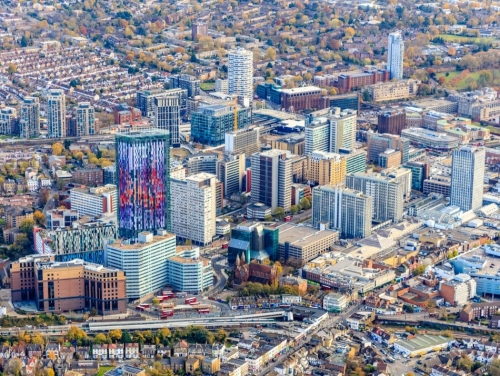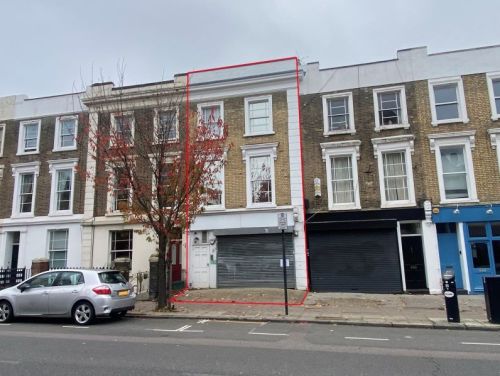30 September 2021
IS ARTICLE 4 SET TO CRIPPLE TOWN CENTRE REINVENTION?
Commercial, Development, Residential
Permitted development rights have been extended to allow many more commercial buildings to be converted to residential use without planning consent while the new E use class should allow for greater flexibility. But Article 4 directions are now being considered by many local authorities to circumvent these moves.

Why are planning authorities leaping like lemmings to invoke Article 4 and, in the process, threatening the reinvigoration of towns and cities and much-needed revitalisation?
Wouldn't it be better to overcome the shortfalls in PDR by addressing design deficiencies, including elements of affordable provision and encouraging mixed-use schemes that allow people to live, work and shop in vibrant town centres?
Dynamic responses are required to address the rapid changes precipitated by Covid, hybrid working and online shopping, not adherence to planning regimes written decades ago when retail was the driving force for urban vitality and a pandemic meant Spanish Flu.
The great attraction of permitted development rights (PDR) to developers is that it removes uncertainty from the equation. It gives local authorities a fixed timeframe in which to consider prior approval and gives developers greater transparency. Any legislation that promotes clarity and consistency must be welcomed.
But even under PDR, local authorities have introduced other hurdles, such as flood, asbestos and noise issues, which are used to refuse a prior application. These barriers are often set relatively low and different planning authorities apply the criteria in different ways. What should be transparent becomes opaque and the ability to deliver becomes more difficult.
Article 4 directions absolutely have a role to play but my worry is that, where they are applied broadly and bluntly, they are frustrating a good policy that seeks to provide the simplicity and clarity developers are looking for. Article 4 should be applied in a measured way that is appropriate to the circumstances.
PDR can strike a balance between allowing developments to happen and sealing town centres in aspic. But both good schemes and awful schemes can materialise as a result. Rabbit hutch designs in new 'urban slums' can and should be addressed, referencing UK homes standards to provide accommodation of a suitable size.
The nature of urban space is changing, and developers are returning to town planning to bring in design solutions for future occupants, with a growing emphasis on mixed use. People are happy to share space, and as demand for flexible working continues, so too will the flight to quality.




